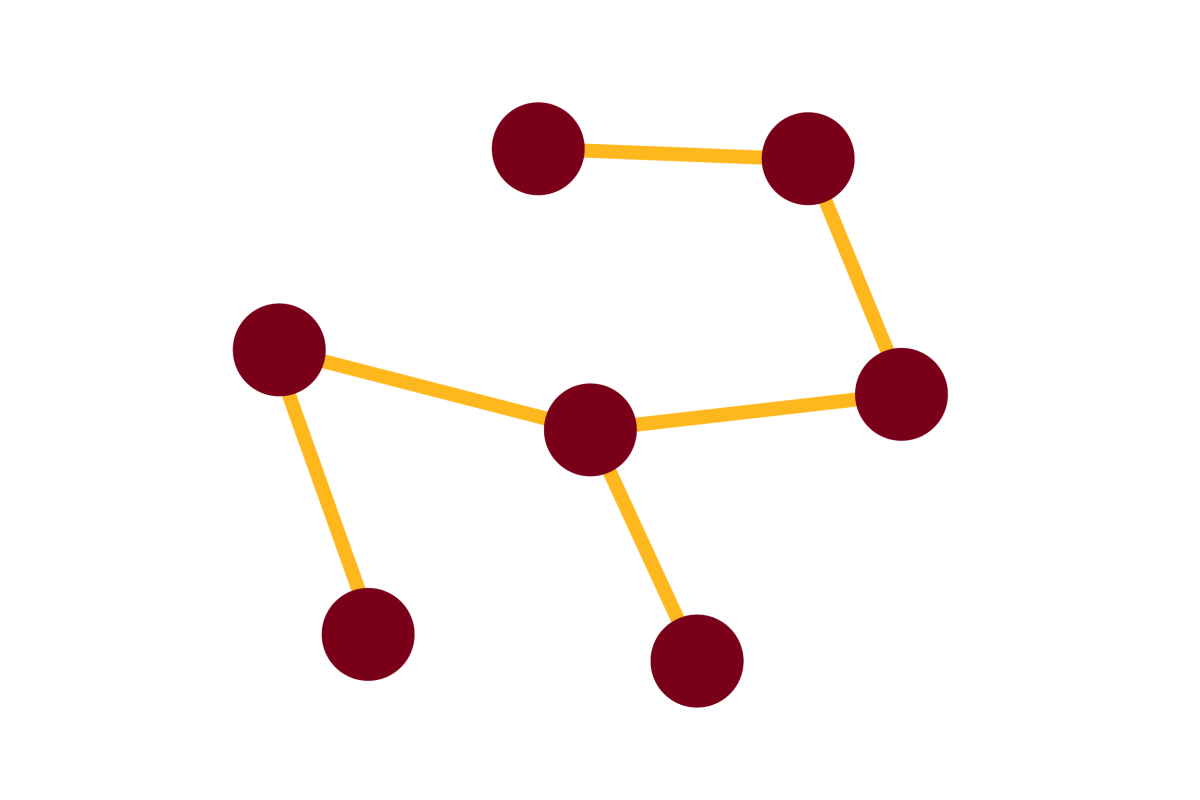Saliva testing is accurate for early-stage and presymptomatic COVID-19 [preprint]

Preprint date
January 1, 2021
Authors
Abigail J Johnson, Shannon Zhou, Susan L Hoops (Ph.D. student), Benjamin Hillmann (Ph.D. student), Matthew Schomaker, Robyn Kincaid, Jerry Daniel, Kenneth Beckman, Daryl M Gohl, Sophia Yohe, Dan Knights (professor), Andrew C Nelson
Abstract
Although nasopharyngeal (NP) samples have been considered the gold standard for COVID-19 testing, variability in viral load across different anatomical sites could theoretically cause NP samples to be less sensitive than saliva or nasal samples in certain cases. Self-collected samples also have logistical advantages over NP samples, making them amenable to population-scale screening. To evaluate sampling alternatives for population screening, we collected NP, saliva, and nasal samples from two cohorts with varied levels and types of symptoms. In a mixed cohort of 60 symptomatic and asymptomatic participants, we found that saliva had 88% concordance with NP when tested in the same testing lab (n = 41), and 68% concordance when tested in different testing labs (n = 19). In a second cohort of 20 participants hospitalized for COVID-19, saliva had 74% concordance with NP tested in the same testing lab, but detected virus in two participants that tested negative with NP on the same day. Medical record review showed that the saliva-based testing sensitivity was related to the timing of symptom onset and disease stage. We find that no sample site will be perfectly sensitive for COVID-19 testing in all situations, and the significance of negative results will always need to be determined in the context of clinical signs and symptoms. Saliva retained high clinical sensitivity while allowing easier collection, minimizing the exposure of healthcare workers and need for personal protective equipment, and making it a viable option for population-scale testing.
Link to full paper
Saliva testing is accurate for early-stage and presymptomatic COVID-19
Keywords
bioinformatics, computational biology, COVID-19